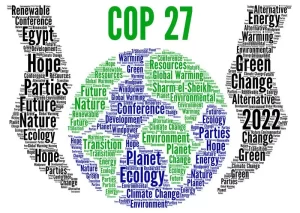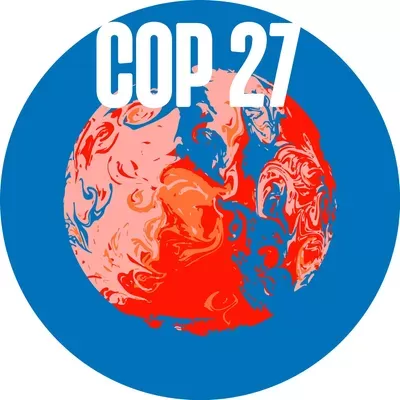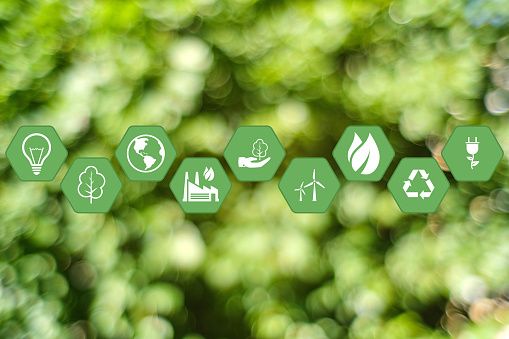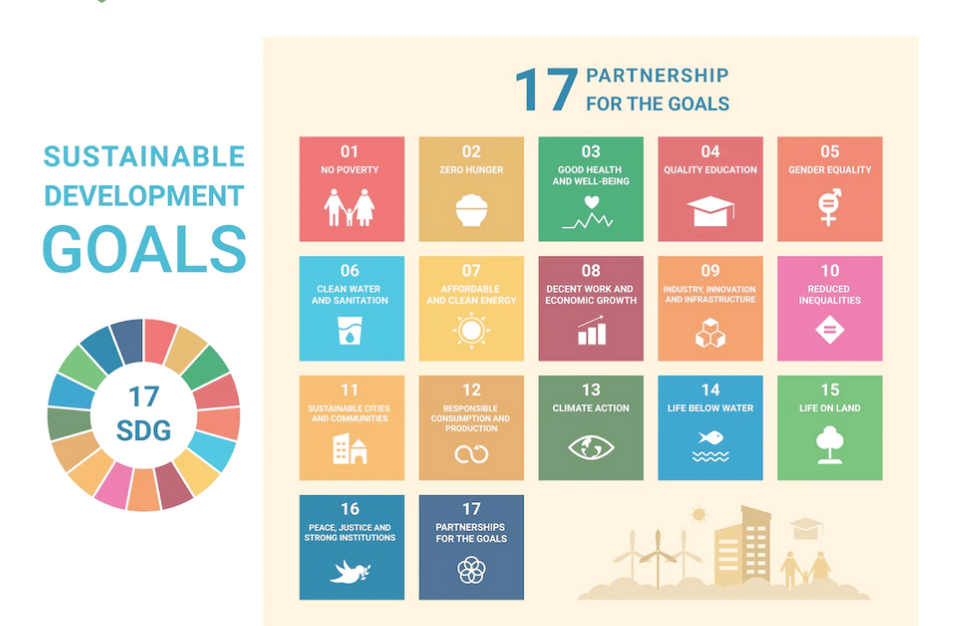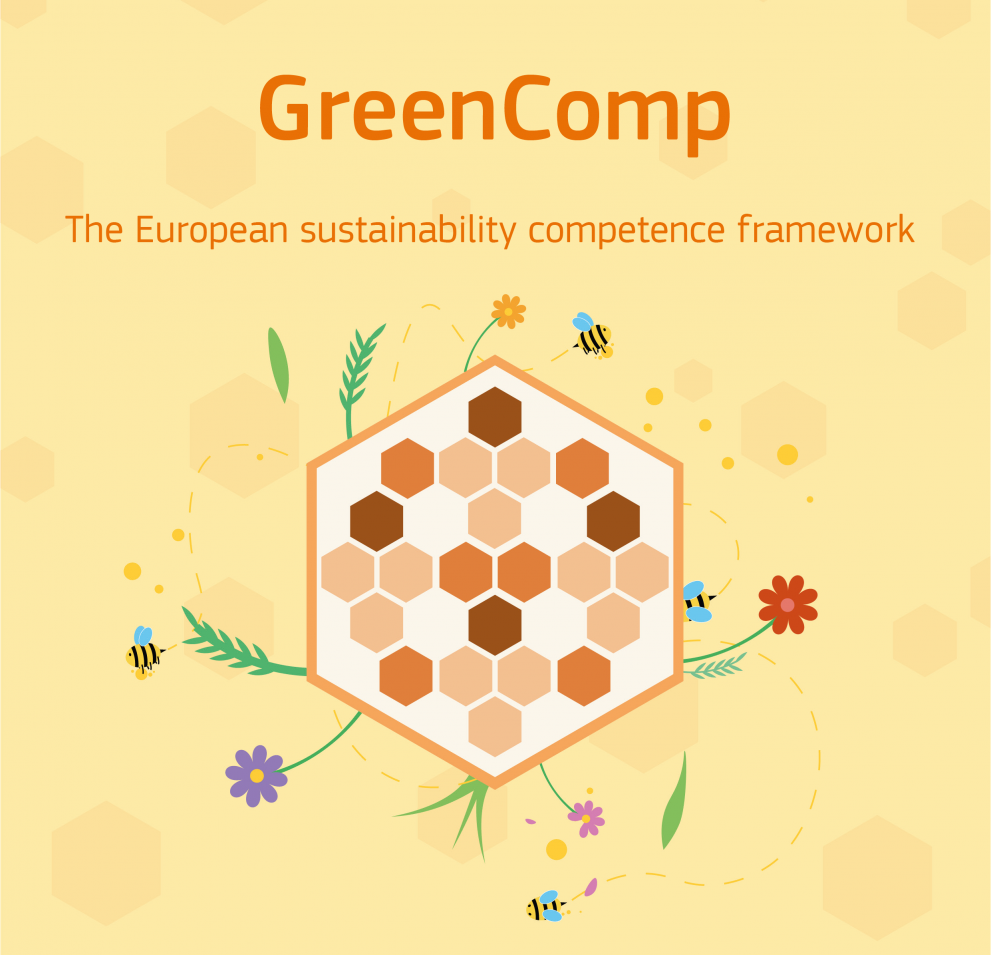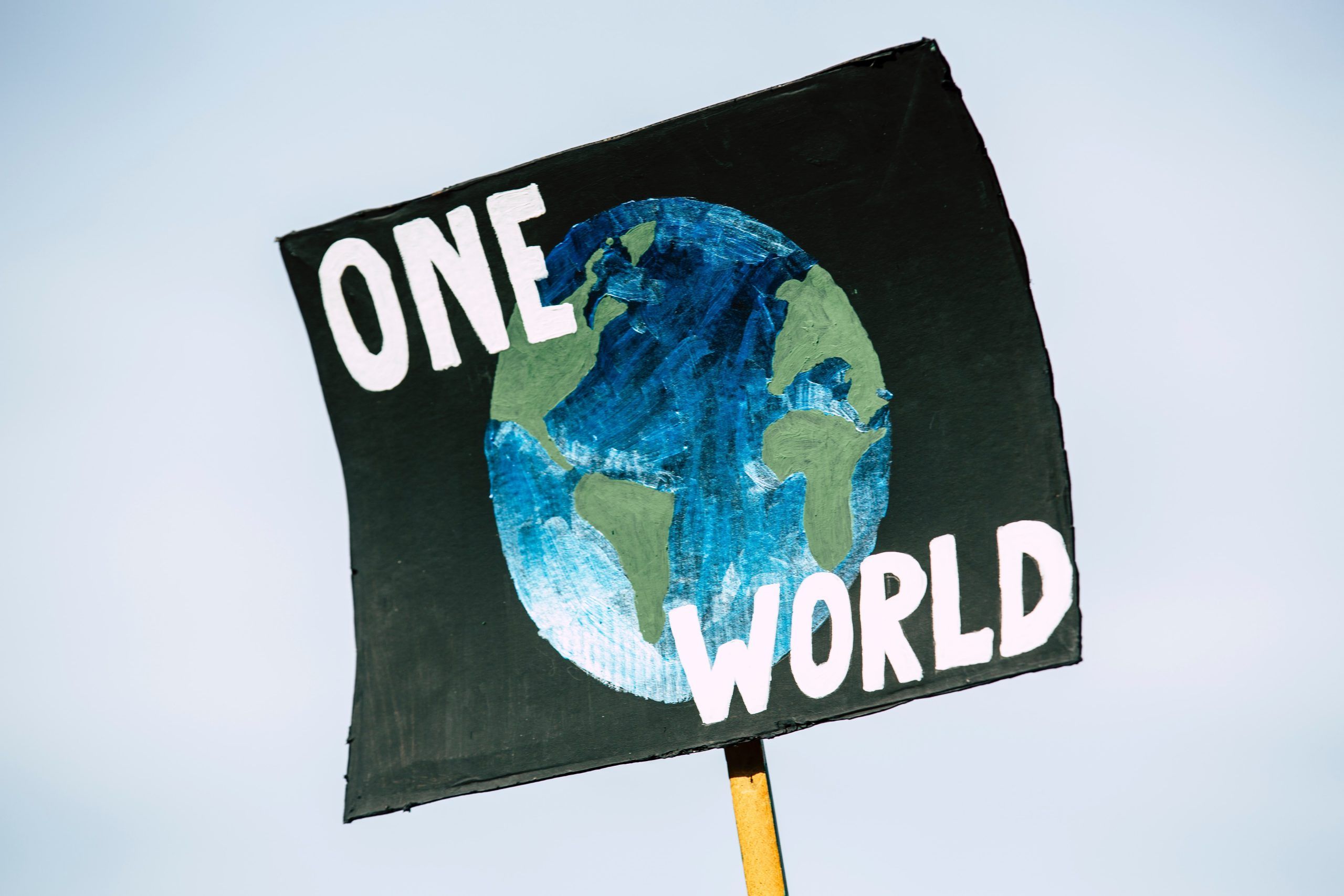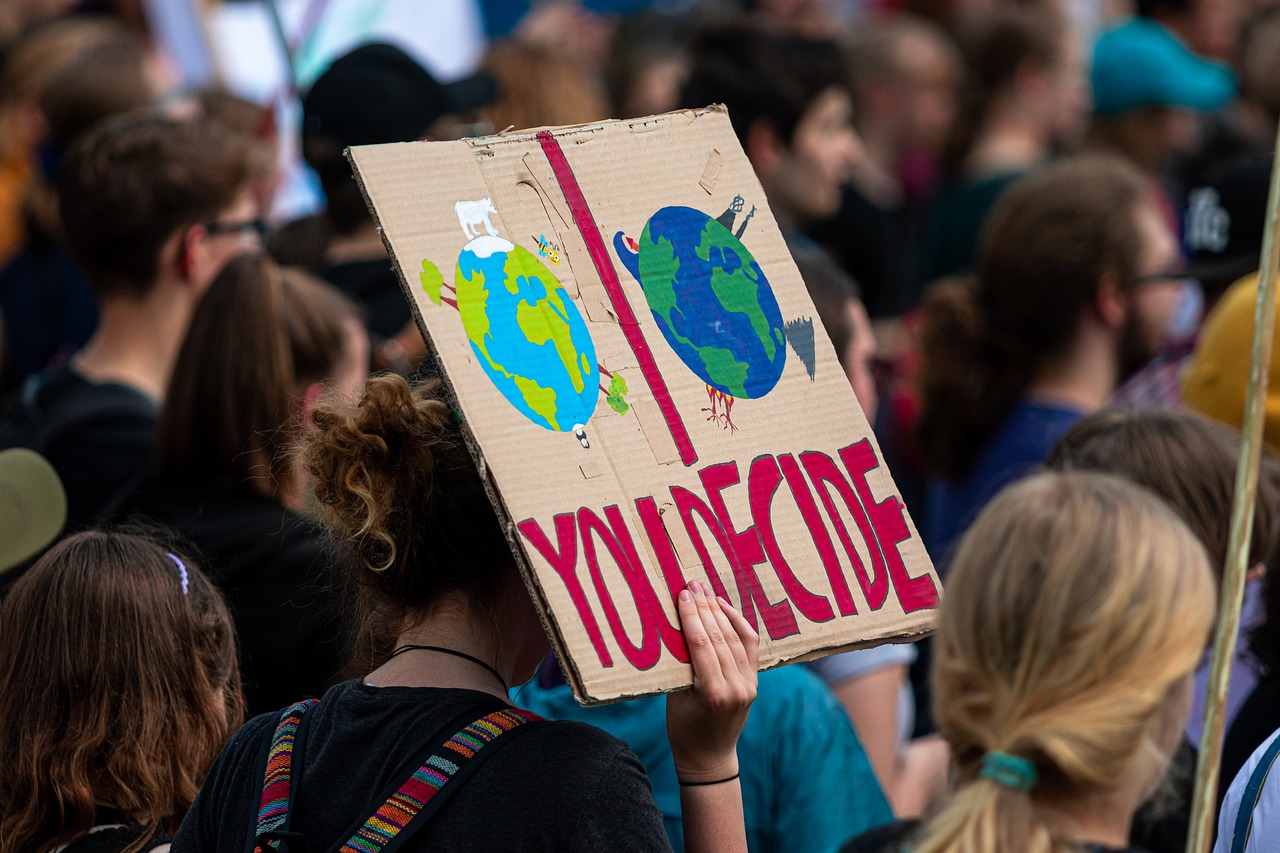Abstract: The present article discusses the origins of citizenship and the evolution of the concept as well as the main challenges currently faced in the field of youth’s active participation in an attempt of situating readers on the topic and raise awareness of the challenges that need to be overcome.
Keywords: LifeComp, Civic Participation, Citizenship.
What is civic participation?
Traditionally, the concept of citizenship has always been linked to the State. Classical authors defined this concept as the way in which the individual is legally related to the State. Based on this definition, most people in the world are citizens of one State or another and belonging to a particular state entails certain rights and obligations determined by the legislation of each country.
Notwithstanding, the concept has evolved with society’s evolution and currently, citizenship is linked to political and social forms of participation as it is related to the feeling of belonging of individuals to a community usually defined by shared elements such as language, customs, religion, or history.
Author T. H. Marshall establishes three fundamental elements of citizenship:
Civil Element: This focuses on the rights necessary for the individual to be free (personal freedom, freedom of speech, right to property). Citizenship is linked to law, and a relationship characterized by the existence of obligations and rights between the State and the individual is established.
Political element: This refers to the citizen’s right to participate in political life. We can speak of the beginning of political citizenship in classical Greece, where authors such as Aristotle speak of man as a “political animal”, through this political development is how the citizen achieves individual happiness. However, nowadays we can say that this political citizenship was born with the full universal suffrage, given in the first decades of the 20th century.
Social Element: This element is based on belonging to society, to a community, this social character of citizenship is born with the belonging of the individual to local communities, functional and labor associations, such as guilds.
The combination of the aforementioned three elements makes citizens members of a community where they belong to. Their sense of belonging to such community and intentions to contribute to improve it will determine the extent to which they will be considered active citizens.
Real citizenship participation takes place when the members belonging to a particular group, through their actions, achieve to influence the nature of decisions, implement them and evaluate them with the main purpose of promoting a change that improves society. We consider young people are active participants in their community when they become integrated into political decision-making processes on issues that directly affect them or affect the community in which they live. Participation implies a task of clarification and a joint awareness of the problems that affect them and leads to a broad discussion for decision-making and for the construction of solutions for a better society.
Currently, one of the main challenges faced at European level includes climate change, a topic on which youth’s civic participation could have a great repercussion and thus, it is essential to find how to empower them to participate in ecologic-wise decisions and adopt behaviors that support green policies.
What are LifeComp competences and why are they important for the development of active citizenship?
LifeComp competencies belong to a European reference framework for personal, social, and learning development to achieve shared understanding. They serve to develop curricula and other learning activities and can be used as reference competences for the establishment of the ideal values to enhance youth’s active citizen participation. LifeComp competences include:
- Self-regulation
- Flexibility
- Well-being
- Empathy
- Communication
- Collaboration
- Mental growth
- Critical thinking
- Learning management
Challenges faced
The importance of active citizenship education lies in the understanding of the democratic principles and values of contemporary societies, as well as the understanding of the need and duty of individuals to participate in the cohesion and maintenance of communities at both micro and macro levels, ranging from participation in a small association or local community, to the European community or even a global community.
However, civic education encounters several barriers that impede or hinder its achievement. There are external factors or conditioning factors that influence people’s ability to adopt a participatory and social role in the community. These barriers include formal and informal environments, the workplace, the education received and community environments, between others. In addition, factors such as social exclusion, disengagement or disaffection and disenchantment on the part of young people poses a real challenge for education and awareness-raising on active citizenship and social and political participation.
Youth’s disaffection or disenchantment with regards to active participation, may be due to their perception that representative institutions are not within their reach, or that traditional forms of participation have become obsolete. Another possible reason is that with the rise of the individualistic mentality the citizen does not have time to devote to the community. The aforementioned reasons create the necessity of relying on Hart’s participation ladder, a metaphorical “ladder,” with each ascending rung representing increasing levels of child agency, control, or power which has been very useful for helping different professional groups and institutions to rethink how they work with young people in an attempt of achieving that youngest generations get engaged with society and contribute to improve it. The ladder’s levels ascend from nonparticipation (no agency at the bottom) to degrees of participation (increasing levels of agency at the top):
- Child-Initiated, Shared Decisions with Adults
- Child-Initiated and Directed
- Adult-Initiated, Shared Decisions with Children
- Consulted and Informed
- Assigned but Informed
- Tokenism
- Decoration
- Manipulation
European initiatives to empower youth’s active citizenship
Some European projects aimed at empowering youth’s active citizenship include:
YOUrope for Youth, which runs from 2013-2017 and focuses on the expansion of debates aimed at young people. The project reached more than 60,000 young people across Europe, and since the establishment of these debates young people contributed twelve concrete ideas for the future of the European Union.
In addition to this, the EU has several strategies and tools at its disposal to promote the participation of young people in society. Among these tools are the Erasmus+ programme and the European Solidarity Corps.
Other initiatives include LESVOS’ PEACEBUILDERS, in partnership with the LATRA innovation lab. This programme focuses on building peace and reducing xenophobia in local communities. This initiative is carried out with the participation of refugee children, unaccompanied minors, and young people from local communities, thus involving youth and encouraging participation for a social construction based on inclusion, non-discrimination, and peace.
Another of the projects that we found in relation to the civic participation of young people can be the “Take the money and do something for young people“. This initiative aims to include young people in the design of participatory budgets and to support them in the realization of their community projects. They also seek to establish lines of dialogue between young people in local communities and local community decision-makers to ensure understanding and communication of the situation of young people and their demands.
In short, we find certain past and present experiences in the European context in relation to the promotion of youth participation in public affairs, as a fundamental aspect for the achievement of democratic, inclusive, and equal societies, but this does not mean that it is enough, given that initiatives must continue to be developed to guarantee the fulfillment of this objective.
References:
Sociology Group (2017). What is Citizenship and T.H. Marshall’s Theory – Analysis. https://www.sociologygroup.com/what-is-citizenship-marshall-theory/
EGÜZ & KAFADAR (2020). Active citizenship from the perspective of pre-service social studies teachers (page 569) https://www.researchgate.net/publication/339831278_Active_Citizenship_from_the_Perspective_of_Pre-Service_Social_Studies_Teachers
Michel, A. (2015). Learning for an Active Citizenship and Working Life: Main Challenges and Ongoing Innovations. European Journal of Education, 50(4), 379–382. https://doi.org/10.1111/ejed.12154
EUROPE OFFICE WAGGGS. (1998). Position paper on active Citizenship of young people. https://duz92c7qaoni3.cloudfront.net/documents/18.PositionPaper_Active_citizenship-E.pdf
Roger Hart (1992): Children’s participation: from tokenism to citizenship. Essay for UNICEF (Innocenti Essay N° 4)
Kersh, N., Toiviainen, H., Pitkänen, P., & Zarifis, G. K. (2021). Young Adults and Active Citizenship: Towards Social Inclusion through Adult Education (Lifelong Learning Book Series, 26) (1st ed. 2021 ed.). Springer.
European Union (2020) YOUrope for Youth. https://europa.eu/youth/nnfe_en
Civic Europe (2022) Moving Youth Forward through Civic Participation https://civic-europe.eu/storys/moving-youth-forward-through-civic-participation/
